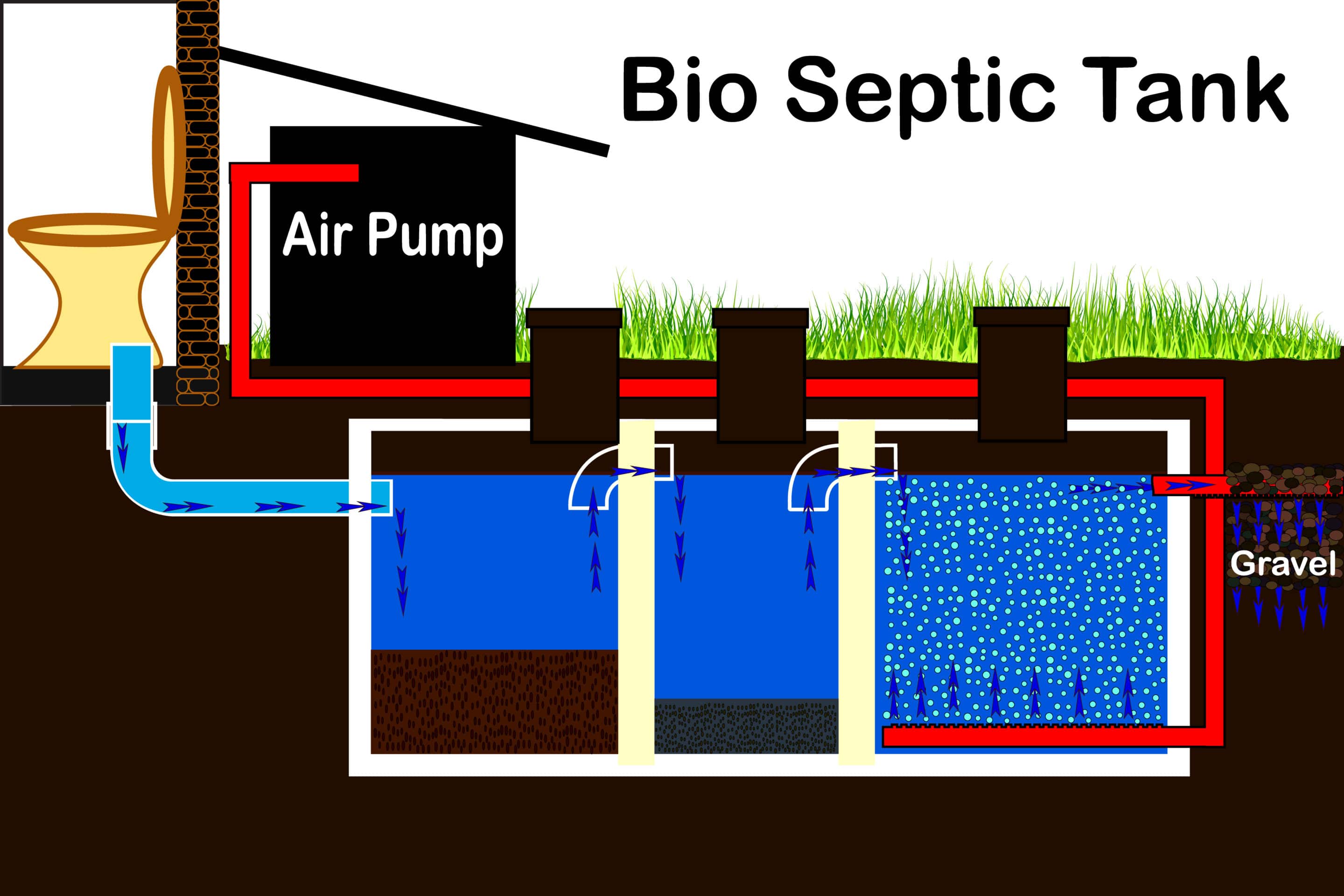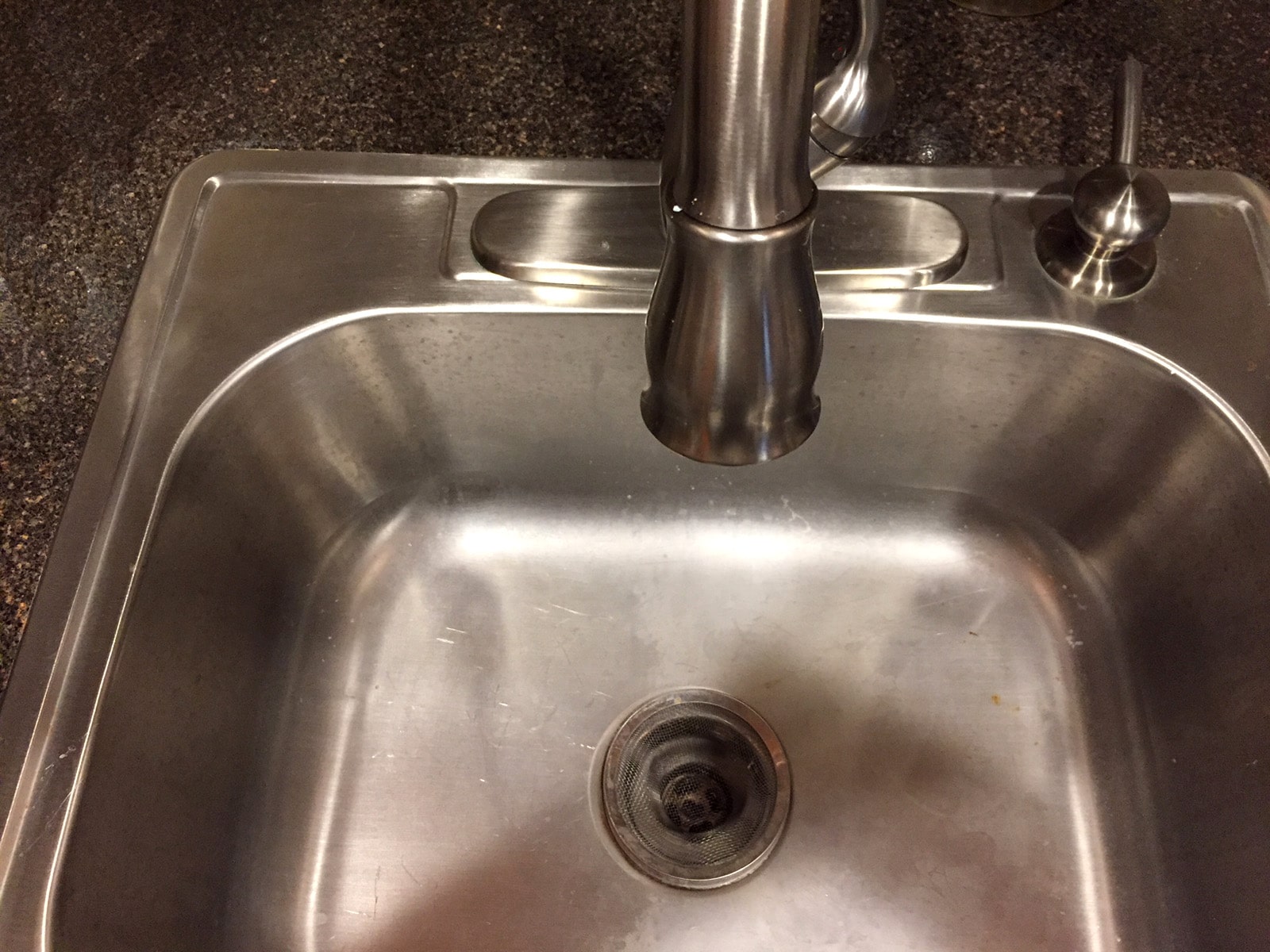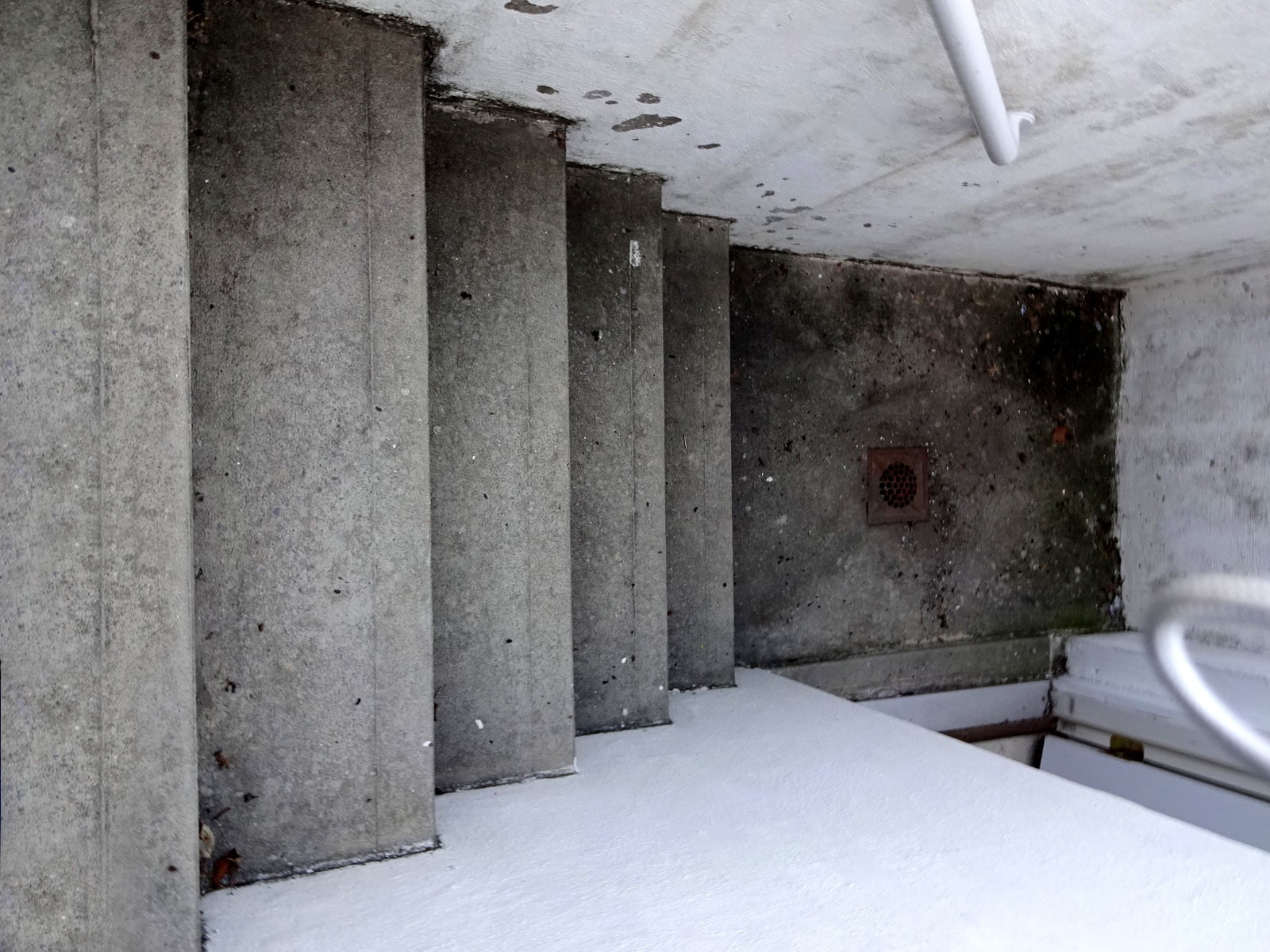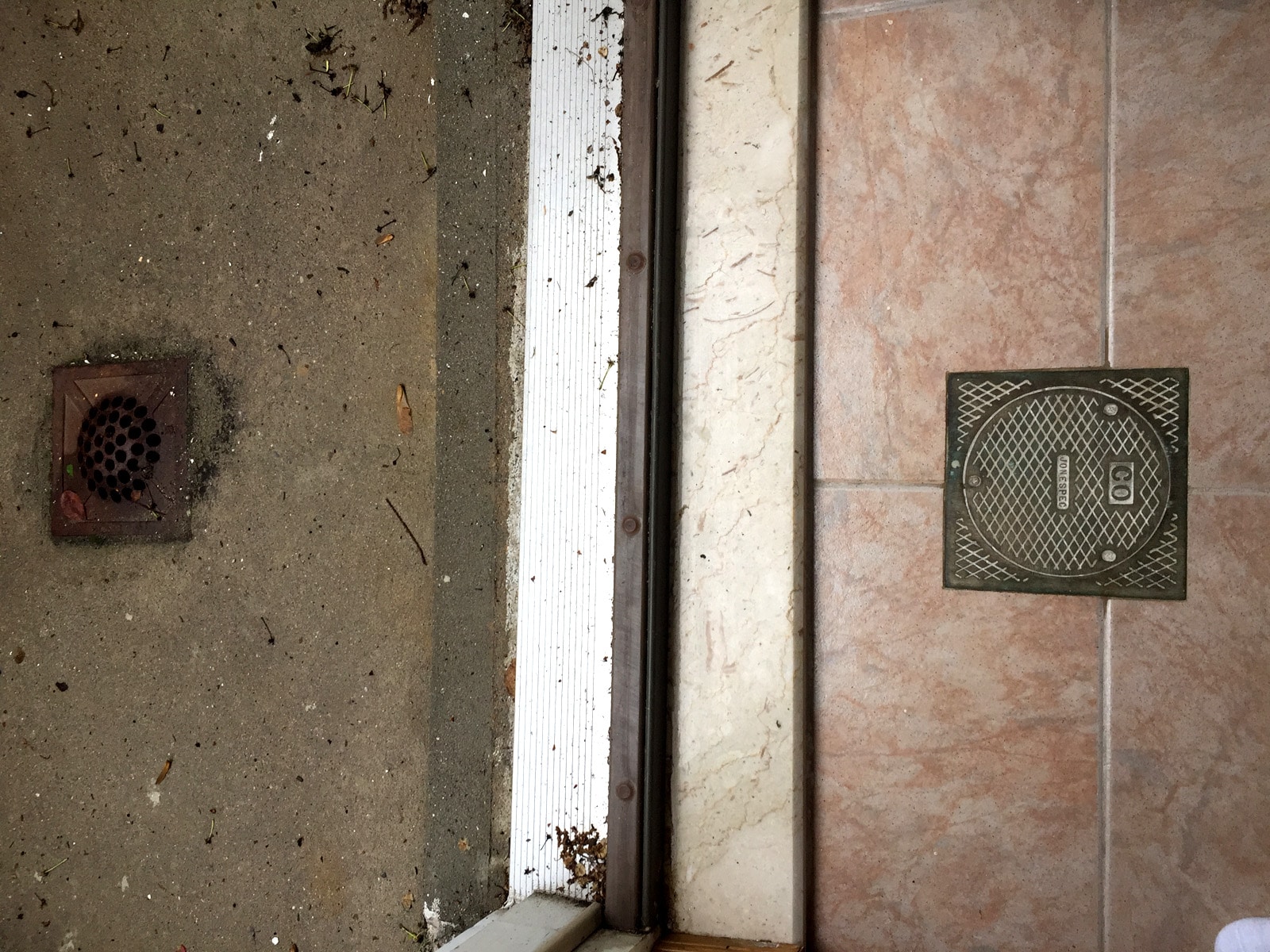Out on Long Island, connections to the municipal sewer system has been growing steadily every year. That is likewise true all across the country. Whether you live in a big city, or a small village, more houses are now served by a centralized wastewater treatment facility than ever before. That being said, many areas remain untouched by this development. If you live in such an area, you may be interested in knowing the difference between an anaerobic septic system, and an aerobic septic system.
The EPA states that more than one in five houses in the United States depend on individual on-site sanitary systems, and the Village of Oyster Bay Cove in Nassau County is no different. An on-site sanitary system is in effect a septic system. Most areas in the Village of Oyster Bay Cove are not connected to public sewer. Exceptions are in the north and northeastern parts along the Oyster Bay Cove Road (East Main Street), and part of Sandy Hill Road.
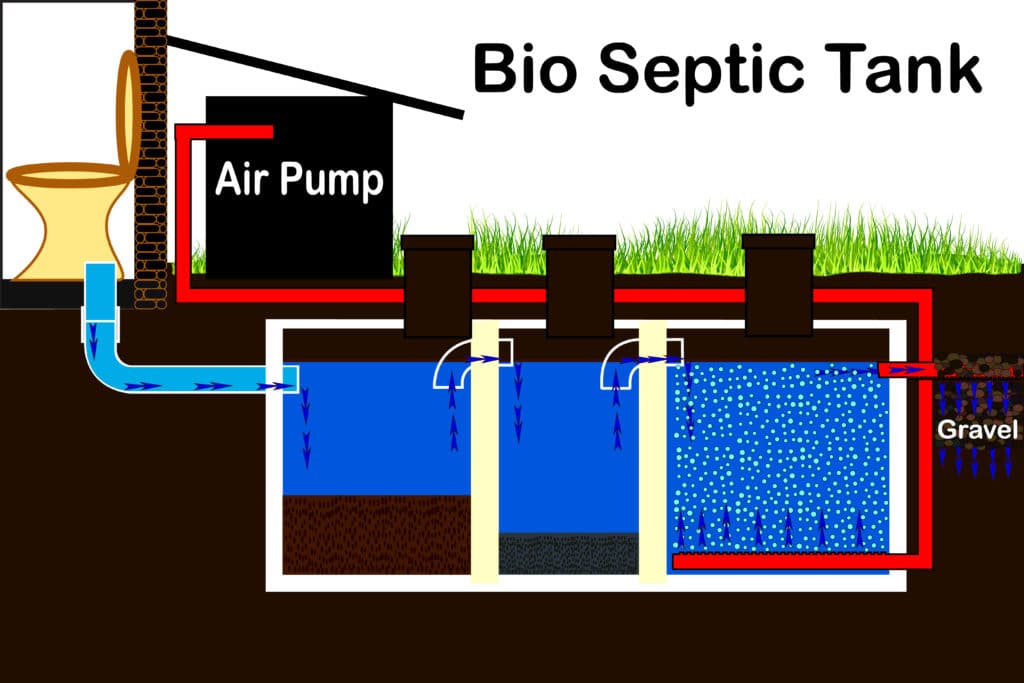
Septic Systems: Aerobic and Anaerobic
In locations where connection to a public sewer is unavailable, septic systems are the norm. Septic systems come in many different types. With that said, they generally fall just under two different categories based on how wastewater is treated: aerobic and anaerobic. The former is considered more effective for good reasons:
- Aerobic bacteria are more active than their anaerobic counterparts. Hence they provide more quick and efficient wastewater treatment.
- Even in properties where the soil condition is inadequate for proper wastewater treatment, an aerobic system still performs well.
- An aerobic septic system is a good option for homes located close to surface water bodies. Surface bodies of water, such as lakes, are sensitive to effluent contamination. The same can be said for locations with a high water table.
- The compact design and quick treatment process of an aerobic system produces minimum odor.
Both aerobic septic systems and anaerobic systems require underground tanks to contain wastewater. They also need leach fields. Leach fields are used to send partially treated wastewater for a further filtration process. But that is where the similarities stop. One thing that makes an aerobic system different is the addition of an aerator unit (basically air compressor or blower). The aerator unit forces oxygen into the main treatment tank. It is powered by electricity.
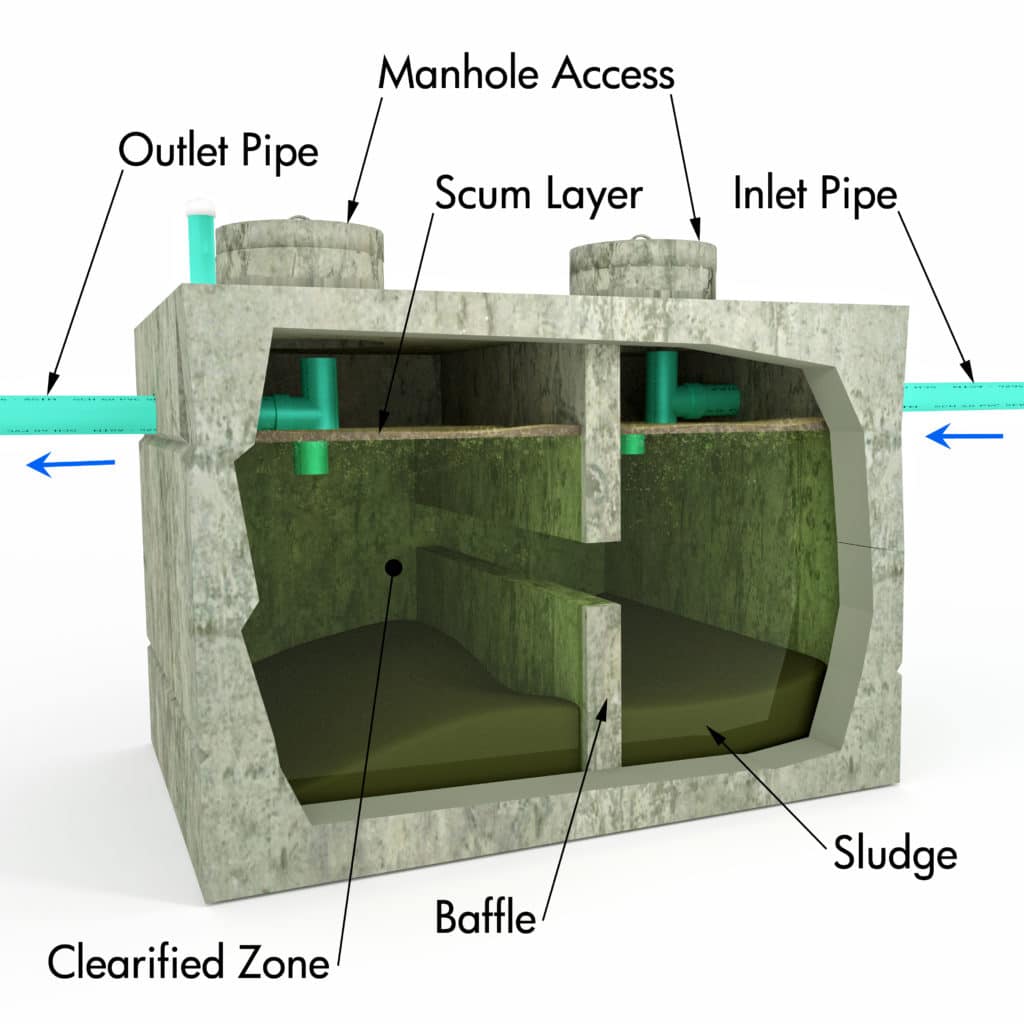
Differences Between an Aerobic Septic System and an Anaerobic Septic System
Anaerobic septic systems consist of a treatment tank and a leach field. Wastewater is sent into the tank where solid waste settles at the bottom, effluent in the middle, and scum at the top. The effluent is relatively the cleanest. It flows through a series pipe buried under a leach field. Some systems add a separator box between the tank and pipes to distribute effluent more evenly. The last filtration process before treated wastewater is sent back to the environment happens in leach field.
In an aerobic septic system, the aerator keeps on feeding oxygen to the bacteria inside the tank. A constant flow of oxygen makes the bacteria more active, hence a faster treatment process. There is also a moving paddle to prevent wastewater from separating into three different layers as mentioned above. Even solid waste, which otherwise settles at the bottom in anaerobic septic system, is exposed to aerobic bacteria. Such a mechanism makes sure that the effluent is cleaner and easier to treat in the leach field.
Aerobic systems are more efficient, but the installation process is more complicated, hence more expensive. In addition to a tank and a leach field, homeowners must also purchase the aeration unit.Additional requirements are an electrical outlet to power the aerator, and the installation of a paddle or churning system. It is better for the environment, but the system costs more to own and operate than a conventional septic tank. Likewise aerobic septic systems also requires more maintenance.
About Balkan Sewer & Drain Cleaning
The Balkan Drain Team is operated under the direct supervision of Paul R. Balkan, an NYC Licensed Master Plumber. Balkan Sewer & Drain Cleaning is part of the largest and among the most experienced sewer and drain companies across all of NYC. The Balkan Team has been in business for more than 65 years, and recently expanded its services to Nassau County. For every issue you have with sewer connections, septic systems, or plumbing in general, feel free to send an inquiry to Balkan Sewer & Drain Cleaning. All services are available 24/7 throughout the year.
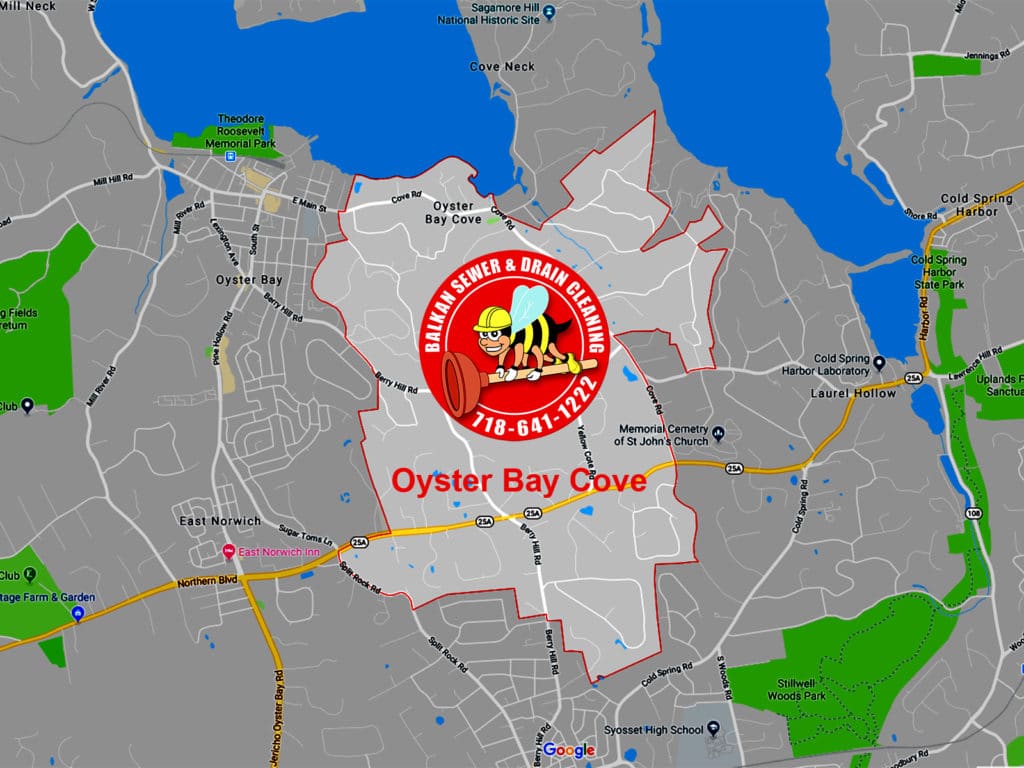
A little bit about the Village of Oyster Bay Cove
Like many villages in Nassau County on New York’s Long Island, the Village of Oyster Bay Cove Cove is within a larger town, that of Oyster Bay itself. The Village of Oyster Bay Cove was founded in 1931, and has a population of just over 2,000 people. Of the over 700 households, nearly 90% of them are family units.
The Village has access to its own private beach alongside Oyster bay itself. Oyster Bay Cove also has access to a number of private preserves; Fox Hollow Preserve, Tiffany Creek Preserve, Red Cote Preserve, and Cushman Preserve. With that said, Oyster Bay Cove is a beautiful community, providing a relaxing lifestyle.

